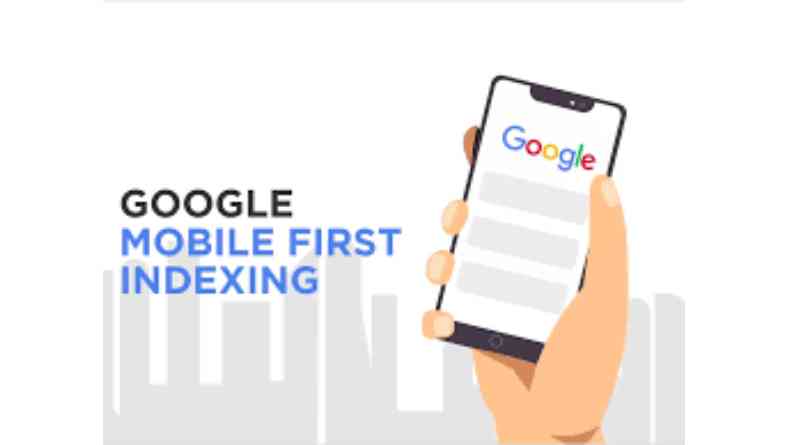With cell phones literally attached to our hands in this digital age, the way we look up information online has changed.
Introducing mobile-first indexing, a significant change in the order and ranking of online pages by search engines such as Google.
However, what precisely is mobile-first indexing, and how does it affect the search engine visibility of your website? Let’s get started and find out all you require knowledge about.
How does Mobile-First Indexing work?
One major modification to Google’s web crawling and indexing process is the use of mobile-first indexing.
Google used to rank web pages based on their accessibility and relevancy on their desktop versions.
But as mobile devices become more common, Google now gives preference to mobile versions of websites when indexing and ranking them.
Why does Mobile-First Indexing Matter?
Given that mobile devices account for the bulk of internet traffic, Google’s decision to switch to mobile-first indexing is a reflection of how user behavior is evolving.
Google endeavors to enhance the user experience on mobile devices and guarantee pertinent and accessible search results across all platforms by giving precedence to the mobile iteration of a website.
Effect on Internet Page Rankings
Some websites may lose rankings and exposure in search results if they aren’t made to work well on mobile devices.
This is a result of Google’s algorithms giving mobile-friendly material a higher priority when deciding ranks.
Websites that are optimized for mobile devices therefore have a greater possibility of ranking higher in search results.
Optimization Tips for Mobile-First Indexing
Here are some crucial mobile optimization recommendations to make sure your website stays competitive in the age of mobile-first indexing.
1. Responsive Design
Make sure your website is responsive, meaning it should adjust to various screen sizes and devices without any problems.
When your material is responsively designed, it will look fantastic and work well on desktop and mobile platforms.
Tips – Use Email Search Engine to Make Email Marketing Easy
In case you are using email marketing, this tip will be useful to you.
For building an email list, you could use an email search engine like GetEmail.io to find the email address of your target audience.
Such tools use advanced technology like artificial intelligence to locate the correct email format.
- Quick Loading Times
You may decrease load times by enhancing the speed of your website, which is something that mobile users expect.
Lower server response times, compress images, and use browser caching to make pages run faster and give users a better experience.
3. Content Adapted to Mobile Devices
Develop mobile-optimized content that exhibits ease of reading and navigation.
You may improve the accessibility of your content for mobile visitors by using clear headings, short paragraphs, and readable fonts.
4. Make Videos and Images More Efficient
Use mobile-friendly formats for your photos and videos to optimize them for viewing on mobile devices.
To speed up page loads on mobile devices, think about lazy loading videos and photos as well.
5. Examine your website
Make sure your website works well for mobile consumers by testing it frequently on a variety of screens and devices.
To find and fix any problems affecting mobile usability, use resources like Google’s Mobile-Friendly Test.
Concluding Thoughts
To sum up, mobile-first indexing signifies a fundamental shift in Google’s assessment and ranking of webpages.
Google endeavours to enhance the user experience on mobile devices and guarantee pertinent and accessible search results across all platforms by giving precedence to the mobile iteration of a website.
To keep their sites visible and high in search results, website owners need to make sure they follow best practices for mobile-first crawling and give mobile users a smooth experience.

